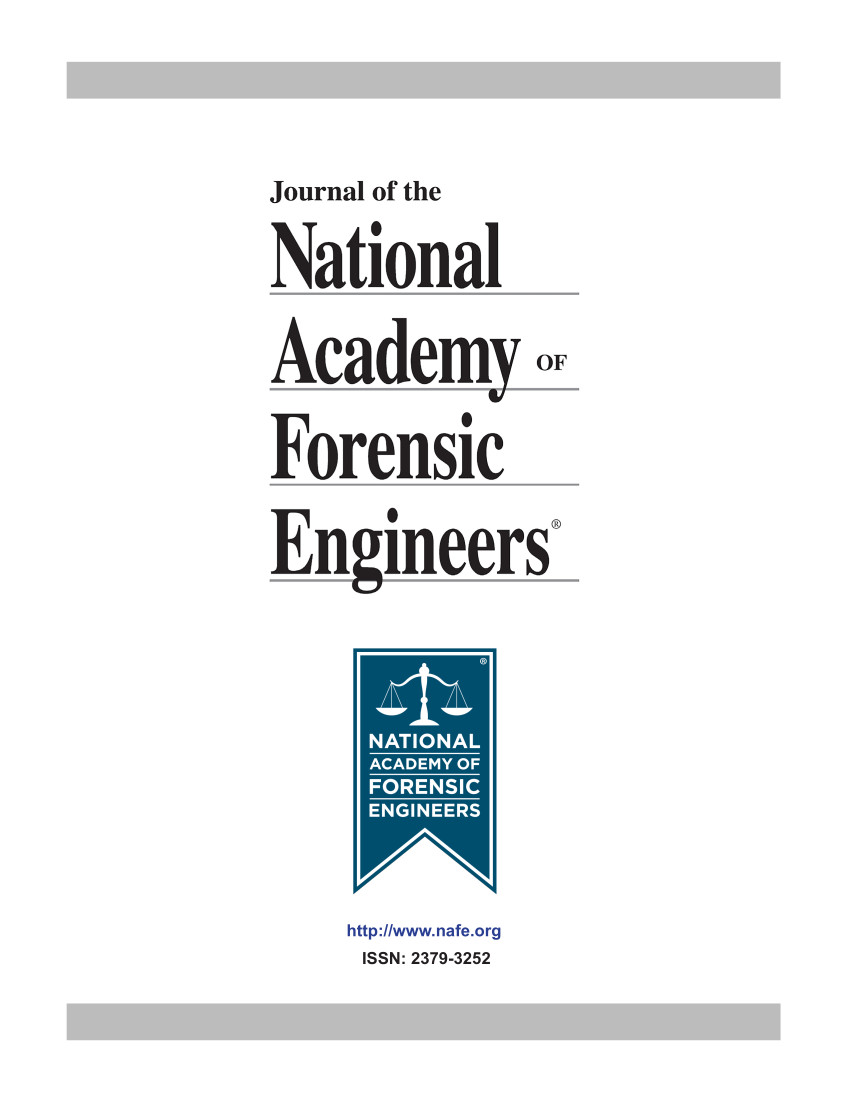Avoid The Pitfalls Of The Too-Obvious Defect
DOI:
https://doi.org/10.51501/jotnafe.v14i2.549Keywords:
BiomechanicsAbstract
The Forensic Engineer Must Often Determine How And Why An Accident Or Injury Occurred. Sometimes This Takes A Great Deal Of Effort When The Evidence Is Unclear Or Conflicting. Unraveling Such Mysteries Can Be Both Stimulating And Challenging. But There Are Times When The Cause Of The Accident Seems Immediately Obvious. All Elements Of The Accident Are Consistent With The Apparently Obvious Cause, And The Sequence Of Events Leading To The Accident Is Clear. It Seems Ideal. Everything Fits, Satisfying The Engineers Need For Order And Understanding. This Situation Poses A Potential Pitfall For The Forensic Engineer, In That Alternative Scenarios May Not Be Looked For, Considered Carefully Enough, Or Shown To Be Incorrect. If This Happens, The Engineer May Later Be Barred From Introducing Evidence Disproving Such Alternatives.Published
1997-01-01
How to Cite
Wilder, Leslie N. 1997. “Avoid The Pitfalls Of The Too-Obvious Defect”. Journal of the National Academy of Forensic Engineers 14 (2). https://doi.org/10.51501/jotnafe.v14i2.549.
Issue
Section
Articles
License
Copyright (c) 1997 National Academy of Forensic Engineers

This work is licensed under a Creative Commons Attribution-NoDerivatives 4.0 International License.
All rights © Journal of the National Academy of Forensic Engineers.
Full statement regarding the author's license of copyright to the NAFE is shown on the Copyright section of the Submissions Page.






